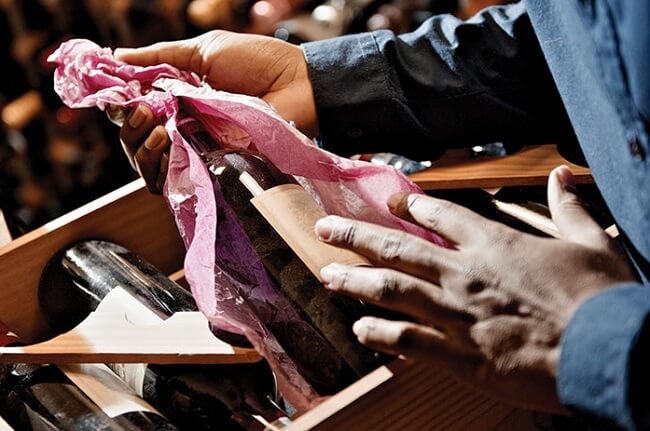Could you spot cork taint?
Does TCA to develop after bottling? Ask Decanter
Mark McKeown, Essex, asks: I recently opened a red Bordeaux second growth 2002 and immediately picked up the aromas associated with a corked wine.
I subsequently posted the cork back to the château for analysis and they confirmed that the cork was tainted with TCA. However, I was surprised by their comment that corked wines may arise due to ‘bad storing conditions or temperature fluctuations’.
Is it possible for TCA to develop after delivery? I thought that if TCA were to infect the cork then this would have occurred at some point up until the bottling process, and not after.
Geoff Taylor replies: Gosh, what an enormous subject area – I could write pages! Firstly, TCA (2,4,6-trichloroanisole) is just one of a family of anisoles.
All smell musty, are very similar, are naturally occurring and found in many other materials in addition to cork.
Much of the damp, musty smell in old cellars or warehouses is down to these anisoles, which incidentally are also found in food products.
Anisoles are volatile and can crosscontaminate other products externally.
For example, the cardboard and wood of a clean, taint-free case in an old cellar may become impregnated with anisoles, or there may be some on the label or glass, but I have never known it enter the wine from the outside.
This answers the question as best I can, but given the ease of cross-contamination (handling the bottle, box etc) testing a cork is fraught with challenges re interpretation.
Translated by Leo / 孔祥鑫
All rights reserved by Future plc. No part of this publication may be reproduced, distributed or transmitted in any form or by any means without the prior written permission of Decanter.
Only Official Media Partners (see About us) of DecanterChina.com may republish part of the content from the site without prior permission under strict Terms & Conditions. Contact china@decanter.com to learn about how to become an Official Media Partner of DecanterChina.com.








Comments
Submit